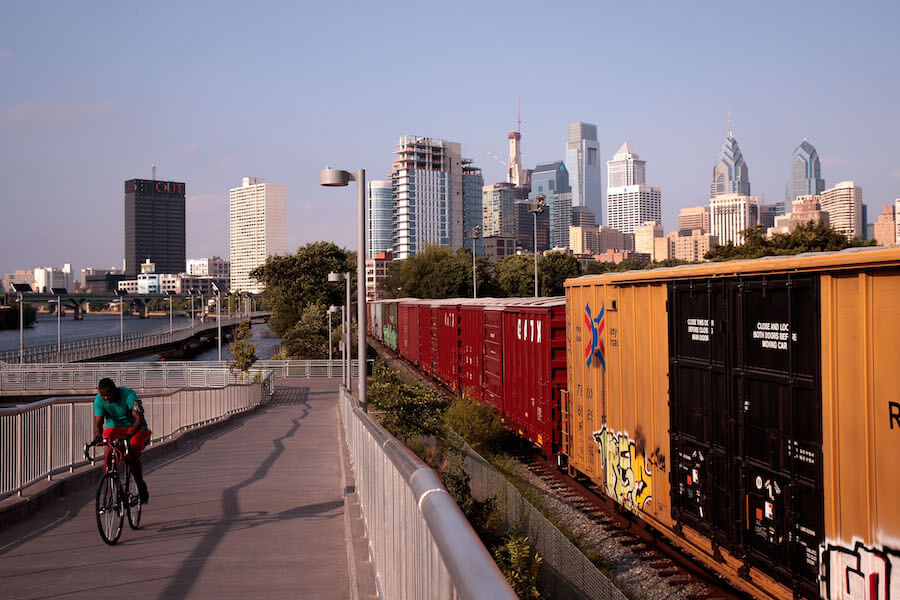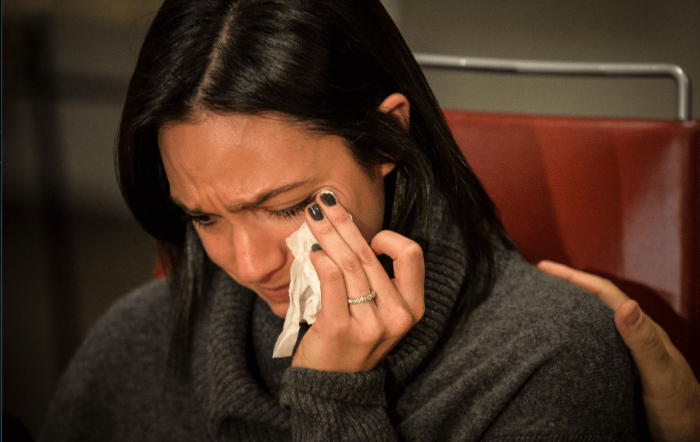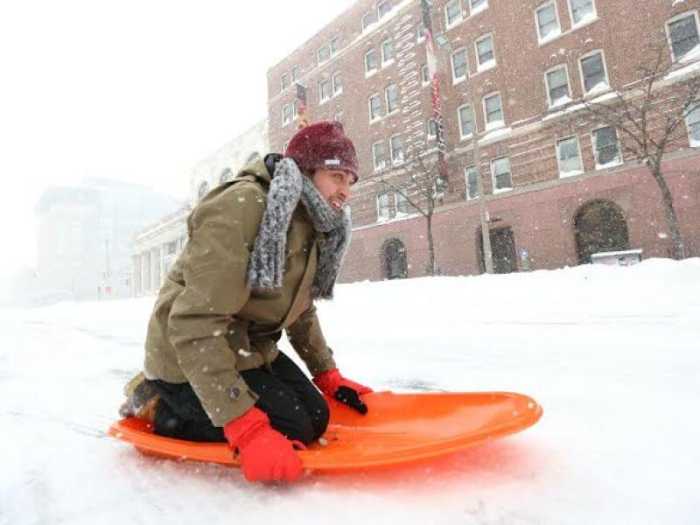The Philadelphia mayoral administration recently fulfilled a promise made during the 2015 campaign season: to create a Vision Zero Task Force dedicated to developing policy-heavy action plan that will make streets safer for all road users, and put an end to road deaths in Philadelphia by 2030. The task force begins meeting next month, and not a moment too soon. History, data and news reports regularly show that Philadelphia’s streets are a death trap for all road users, and they’re getting worse for pedestrians as drivers are increasingly distracted by their phones. The task force’s creation is a big feat for Philadelphia, a city that too often drags its feet when real goals and progress is within sight, and whose elected leaders too often worry about irrational variables based on their feelings, rather than the facts. And the fact that we’re taking the Vision Zero idea—that a healthy mix of policy, enforcement, advocacy, and education can bring all road deaths in a place down to zero—from a progressive country like Sweden, which first came up with it in 1997, makes it all the more satisfying. Between 2011 and 2015, according to the city, traffic crashes (about 11,000 reported per year) accounted for 474 fatalities, of which 165 were pedestrians. So far in 2016, total fatalities have actually gone down—63 as of Sunday. But more than half of all people killed in traffic this year were pedestrians. That’s basically unprecedented; it’s the highest we’ve seen since 1985, according to PennDOT statistics. Just within the last week, four pedestrians were killed trying to cross Philadelphia streets. The executive order that created the task force, and the new Office of Complete Streets recognizes there are a number of “education, engineering, and enforcement” systems the city will likely use to accomplish its goal of eliminating traffic deaths. There are both easy and difficult things the city can do to make its streets safer: reducing speeds, automated enforcement, and if other cities are any judge, Philadelphia will do well to make bicycles a priority—especially if our roads are to be safe for pedestrians. Bicycle infrastructure may be one of our best tools to increase road safety for not just bicyclists—but drivers, mass transit users, and pedestrians. If constructed correctly, things like separated bike lanes, protected intersections, and off-street paths can have a great effect on reducing traffic deaths and injuries. Bicycle infrastructure has been proven to make streets safe for just about everyone. After the 10-foot buffered bike lanes were installed on Spruce and Pine streets in 2009, traffic crashes between all road users on those streets fell 26 percent—and bicycling on those streets skyrocketed. Researchers have additionally found that the crash risk for individuals where bicycle usage doubles, the risk of anyone getting into a crash decreases by a third. Cities across the world have seen a great reduction in traffic deaths after implementing a Vision Zero campaign. New York City, for instance, has seen fewer traffic deaths every year since it implemented Vision Zero. Boston added approximately 92 miles of bicycle lanes from 2007 to 2014. The percentage of bicycle commuters increased from 0.9 percent in 2005 to 2.4 percent in 2014, a three-fold increase. In their paper “Bicycle Use and Cyclist Safety Following Boston’s Bicycle Infrastructure Expansion, 2009-2012,” researchers also found that odds of incurring an injury in a bicycle crash diminished by 14 percent each year between 2009 and 2012. Like Philadelphia, the Boston region has many small, old streets and many large boulevards, where people driving motor vehicles are prone to excessive speed.
In “Vision Zero in the United States Versus Sweden: Infrastructure Improvement for Cycling Safety” published in the December 2016 issue of the American Journal of Public Health, researchers found what’s probably obvious to most Philly cyclists and drivers: the U.S. should physically separate traffic flow on high-speed roads and aim to decease chances of serious injury at intersections on lower speed roads—and in the interim, according to the research, U.S. cities should use enforcement, education and encouragement activities as an measure to improve street safety. Randy LoBassois communications manager at the Bicycle Coalition of Greater Philadelphia.
City plans to eliminate Philly traffic deaths by 2030

Getty Images




























